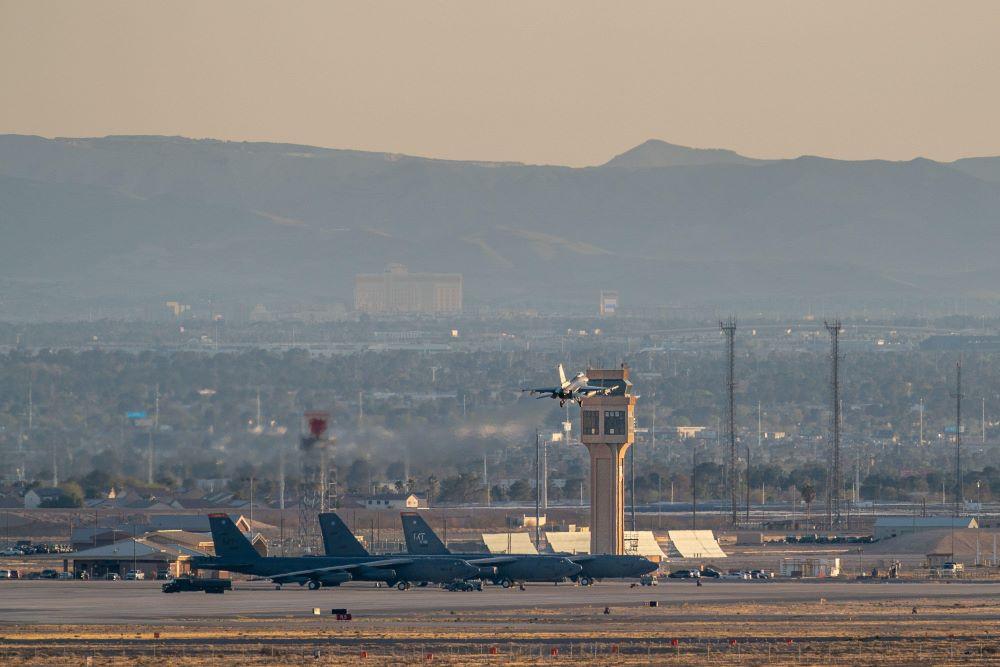This article is published in Aerospace Daily & Defense Report part of Aviation Week Intelligence Network (AWIN), and is complimentary through Apr 24, 2025. For information on becoming an AWIN Member to access more content like this, click here.

Think about a missile defense system arrayed around Los Angeles controlled remotely from 250 mi. away at Nellis AFB, Nevada.
As the operational implications of President Donald Trump’s Golden Dome initiative sink in, U.S. Army officials are beginning to grasp the challenges inherent in deploying a remotely controlled, minimally staffed underlayer of terminal defenses covering the entire homeland.
“We have to think about doing business differently to counter the mass array of threats that might likely be realized in that type of scenario when we talk about Golden Dome for America,” Maj. Gen. Frank Lozano, the Army program executive officer for Missiles and Space, told the Fires Symposium at Fort Sill, Oklahoma, on April 8.
The Army lacks the staff and the equipment to permanently station traditional air defense battalions to all mass population centers and critical infrastructure sites, Lozano said in video remarks released online by the U.S. Field Artillery Association on April 15.
“There are only so many soldiers within the Army, and so when you talk about defending sites from a terminal perspective, we’ve really got to be focused on minimal manpower, so that drives a certain amount of AI [artificial intelligence] functionality within the architecture,” Lozano said.
An AI-driven terminal defense system drives another set of questions: What are the data sources? What are the decision rubrics? What defensive decisions do you allow the AI to make versus a human?
“That’s hard work that we’re in the infancy of trying to define and move forward with that,” Lozano said.
The specific combination and layout of directed energy and missile interceptors at all the various sites is still being planned, but it’s clear that the vast majority of Golden Dome nodes will be operated remotely.
Lozano described a theoretical architecture with a control center at Nellis commanding remotely operated terminal defenses around Los Angeles, San Francisco and Seattle.
“Those remote locations have to be operable 99.9% of the time. We usually don’t design that into our systems. But we’re going to have to think hard about those types of systems and how we achieve those certain levels of reliability,” Lozano said.
The autonomous operation of the remote locations also presents unique questions.
“How do you integrate AI capability with remote operations based off of an autonomous formation?” Lozano asked.
If the system involves sinking silos into the ground to house interceptors, the Army needs to be able to remotely check on their status for most of the year, with perhaps only one or two human inspections annually, he said.
“There’s a lot of those concepts and envisioned outcomes that we’re starting to think about,” Lozano said.d





